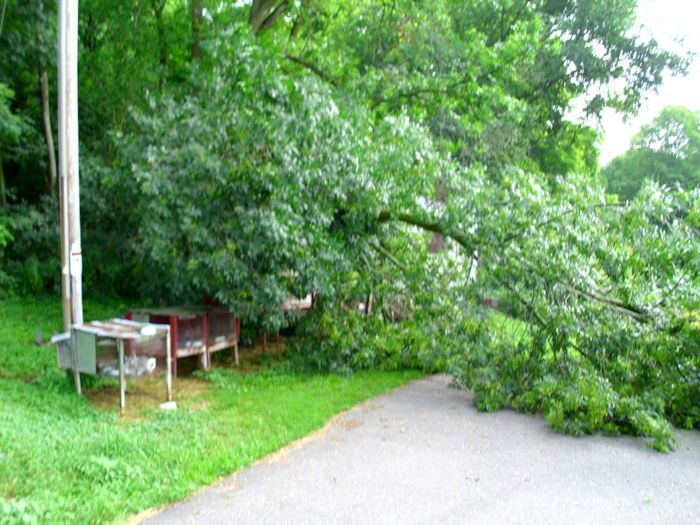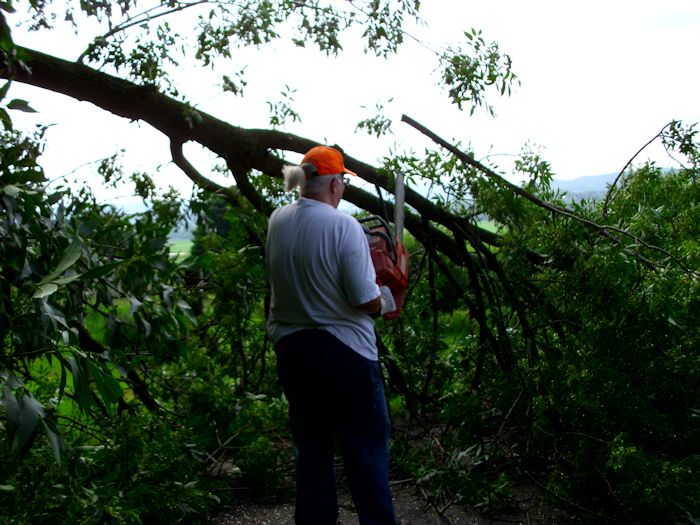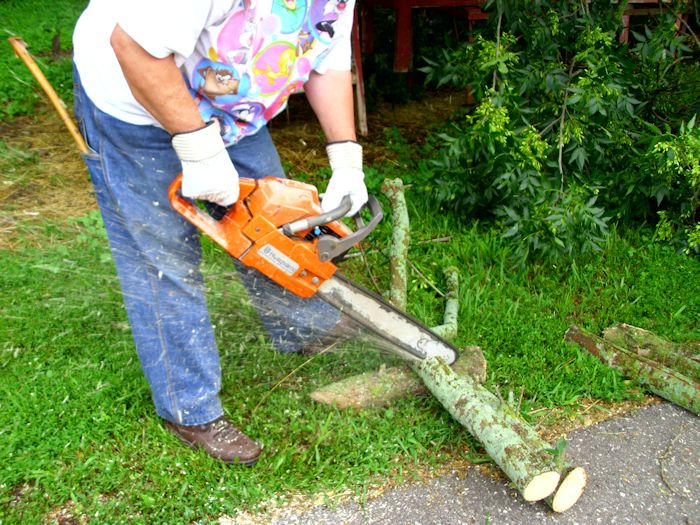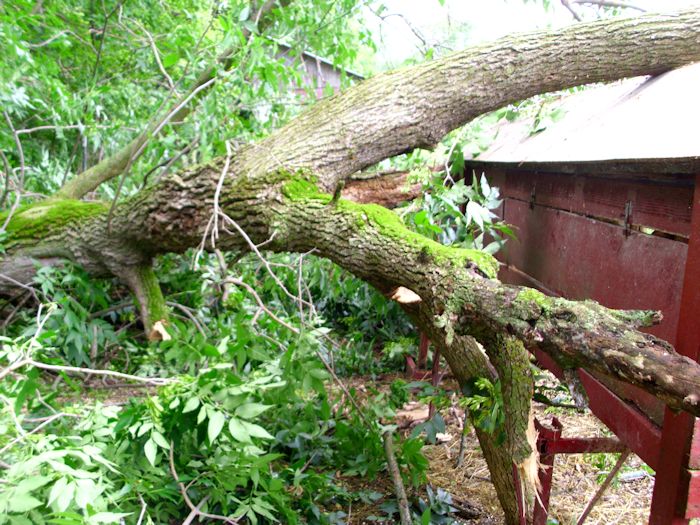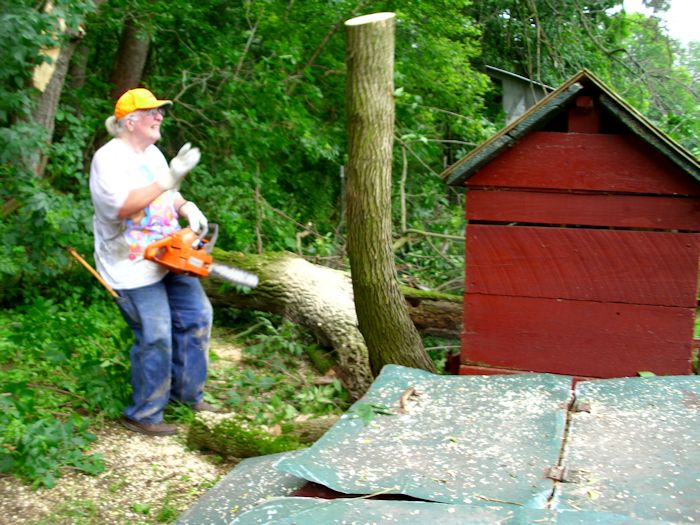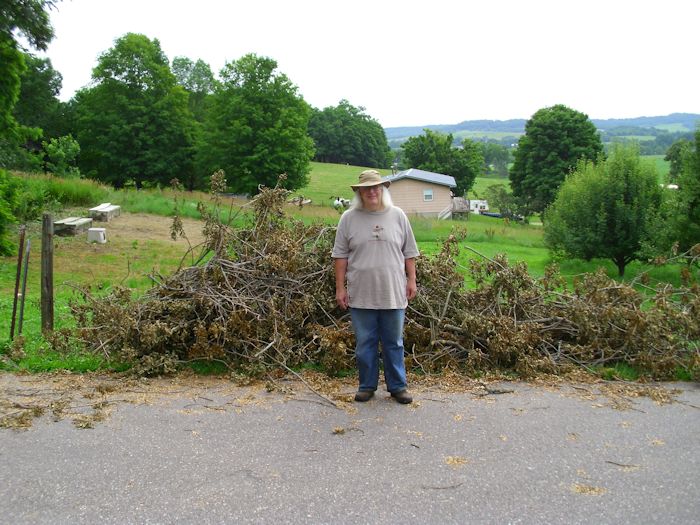I like to report good news on a post whenever I can. Recently I wrote a post entitled, “A Discussion About Green Technology Pollution” that makes it clear that many supposedly green technologies aren’t very green at all. Sometimes you can find a partial solution to a problem, which is the topic of this post. No, the solution isn’t a complete answer to the question of green technology pollution, but it does help. In this case, it appears that a proper response could clean up old pollution, while making it possible to obtain rare earth elements quickly and easily.
During the gold rush (and while performing other mining), the miners threw away what has turned out to be valuable rocks. Yes, the tailings contain rare earth metals in at least some cases. If things work out well, mining companies could go to these old sites of pollution and clean up the mess, while making a profit. The rare earth metals needed for luxury items, such as cell phones, and alternative energy sources, such as solar panels, are available in plain sight. This is one of those stories where one person’s junk turns into another person’s treasure.
Unfortunately, I haven’t been able to find a lot of information about this particular story as of yet. It could be that the government and industry are still in talks about what can be done. In an ideal scenario, a company would come in and clean up both the pollution generated by the mine and those valuable tailings. Selling the rare earth metals contained in the tailings would generate income for the company and reduce our reliance on rare earth metals coming from China.
However, even if everything works absolutely perfectly, it still isn’t a complete solution. Processing the rare earth metals causes significant pollution. Cleaning up the tailings to obtain the rare earth metals they contain would solve one problem, but processing those tailings would create another, more substantial, pollution problem. The pollution will happen whether the source of the raw material is rock from a new mine or rock from tailings, so this scenario does reduce overall pollution.
The important thing to remember is that processing materials creates pollution. When you choose a supposedly green technology, you need to remember that it really isn’t all that green. The processing of materials for that green technology generates heaps of long-lasting pollution that fouls rivers and makes entire sections of land completely unusable for growing food. Any step we can take toward reducing the pollution these green technologies cause is a good thing and reusing these tailings seems (at least on the surface) like such a step.
I’d be interested in hearing about any additional information you have on the topic. Especially important would be knowing how the government and industry eventually decide to use these tailings and whether we end up with a perfect scenario that truly does clean up some of those old mining sites. Let know what you hear at [email protected].

